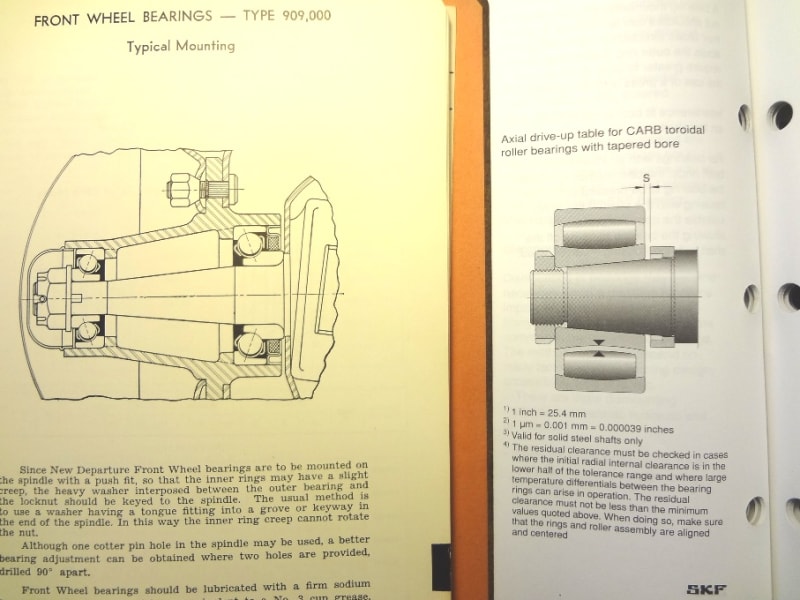I would agree with VEIBLL.
Biographies of people with engineering backgrounds come to mind. Their content may tell you what they had for breakfast (written sarcastically) but details,
specifications, and drawings describing how they constructed their French toast pile, supplemented the serving with syrup and so on is typically void.
As an ardent collector of books on electricity and mechanical disciplines, textbooks tend to have illustrations and drawings (sometimes to a high level of detail),
but books more specifically focused on a direct subject will have even better examples.
The 1930 era Franklin D. Jones Industrial Press volumes are a good suggestion to seek out. I don't think the illustrations have quite the crisp dimensional details
a source of material from the mid 1940s through the 1970s will have... but I do enjoy both volumes on my book shelf.
To me, the degradation of illustrations in many published works began when computer programs were starting to be used for creating illustrations.
Yes, they have improved.... but there will always be this couple-of-decade blemish on illustrations until (if ever) the quality is raised.
I'm not comparing an exact arrangement but here's an example of what I mean:
The illustration on the left is from a 1955 New Departure bearing reference.
The picture to the right is from a 2001 SKF bearing installation guide.
In comparing the newer computer generated reference source to the older one, the level of visual detail is watered down considerably.
At any rate, recommending anything "good" is a tall order.
A book within reach that did come to mind but lacks the "story of people" factor is a McGraw-Hill publication from 1960.
It has a nice balance of text, photographs, charts, drawings, (including electrical schematics) three dimensional exploded view illustrations etc.... and it's on line.
As the crowd here tosses out some good ideas... I'll also suggest to look for what you like!
John


![[bigsmile] [bigsmile] [bigsmile]](/data/assets/smilies/bigsmile.gif)
![[ponder] [ponder] [ponder]](/data/assets/smilies/ponder.gif) , the books about the history of the Mahatten Project (Los Alamos, etc.) typically fail to provide the ultimate in technical details.
, the books about the history of the Mahatten Project (Los Alamos, etc.) typically fail to provide the ultimate in technical details.